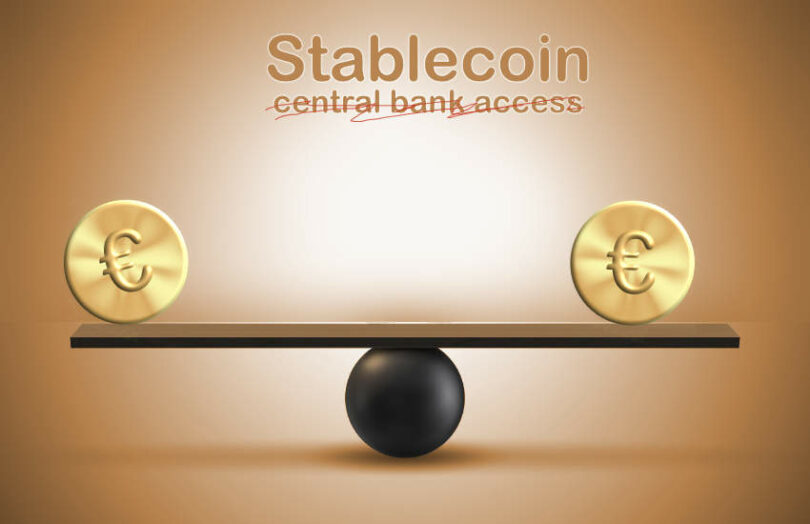The European Central Bank (ECB) board member Fabio Panetta delivered a scathing crypto speech today. While slamming cryptocurrencies he also advised central banks to resist the urge to allow stablecoin issuers access to central bank reserves.
He noted that if a stablecoin issuer can put the money at the central bank, it eliminates the investment risk. Hence the stablecoin becomes a close substitute for central bank money. “A stablecoin could displace sovereign money by using the large customer network of a big tech, with far-reaching implications,” said Mr. Panetta.
In the United States, the Treasury has acknowledged the potential for central bank deposits to provide the safest asset backing. And the current draft U.S. stablecoin Bill allows for it. So Congress might remove that ability of federal agencies to block it.
Article continues …

Want the full story? Pro subscribers get complete articles, exclusive industry analysis, and early access to legislative updates that keep you ahead of the competition. Join the professionals who are choosing deeper insights over surface level news.






